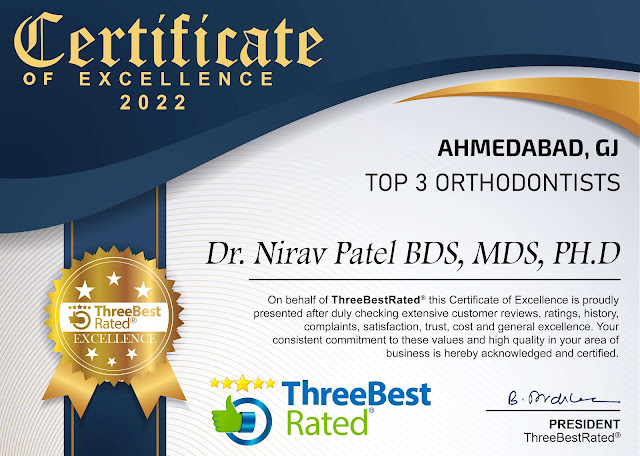It is important to know about the precaution to be taken
before surgery to avoid any complication in the wound site.
Before Surgery
Accompanied by: -
Choose someone from family to accompany you on the day of surgery. Depending upon
type of anesthetic used, you may not physically be capable of driving a
vehicle after oral surgery.
Eating, drinking
and smoking: - Before surgery, a light meal 1-2 hours before is OK, brush
and floss your teeth before appointment. No smoking at least 12 hours before
any oral surgery.
Medication: -
If antibiotics and other medicines are prescribed by the dentist for some
particular procedure, it should be started as suggested for accurate effect of anesthetics
and suppression of oral infection. And sometimes the regular medicines prescribed
are temporarily stopped as per physician consent and dentist, e.g. heart diseases.
What to wear and
what not: - It is usually advised to wear comfortable and breathable clothes,
prior removal of jewelry if required, do not wear eye lenses and lipsticks or
makeup.
After Surgery
Swelling: - Swelling
is normal occurrence after surgery and can be minimized by ice packs for first
36 hours. If swelling doesn’t subside four to five days after surgery, contact
the dentist.
Bleeding: - Mild
bleeding from surgical site oozes for initial 24 hour, the gauze piece is
placed for 1 hour to control bleeding , if blood comes swallow it with saliva,
spitting and rinse is to be avoided and avoid drinking with straws as it will
cause suction and ultimately bleeding.
Pain: - The
medication prescribed for pain relief is to be taken as suggested, failure in
doing that causes the infection and delayed wound healing and pain.
Diet: - Healthy
and soft liquid diet and cool food. Avoid crunchy, spicy and hot drinks and
food.
Extra precautions:
- Alcohol, tobacco and smoking are strictly restricted for at least 1 week
after surgery otherwise, delayed wound healing and infection chances increases.
Oral Hygiene: -
Maintain oral hygiene by Luke warm gargles and soft bristle brush in surgical
site avoided for next 48 hours.
Exercises: -
Bending, lifting and strenuous activity should be avoided for 7 days following surgery.
Do not apply pressure or touch with finger or tongue, it may cause damage to
wound site.
At Teeth Care Centre, we majorly focus on patient awareness
along with patient’s compliance with the following treatment, painless and
pleasant journey before and after surgery.
#makingsmileincredible






.jpg)






.jpg)

.jpg)
.jpg)







